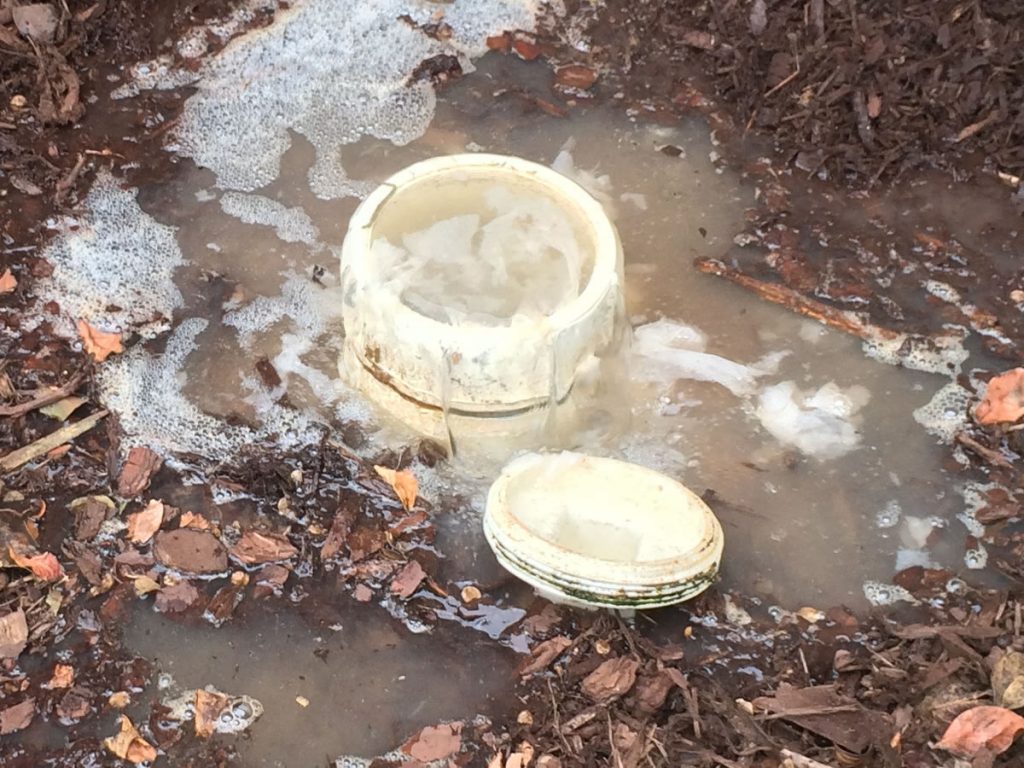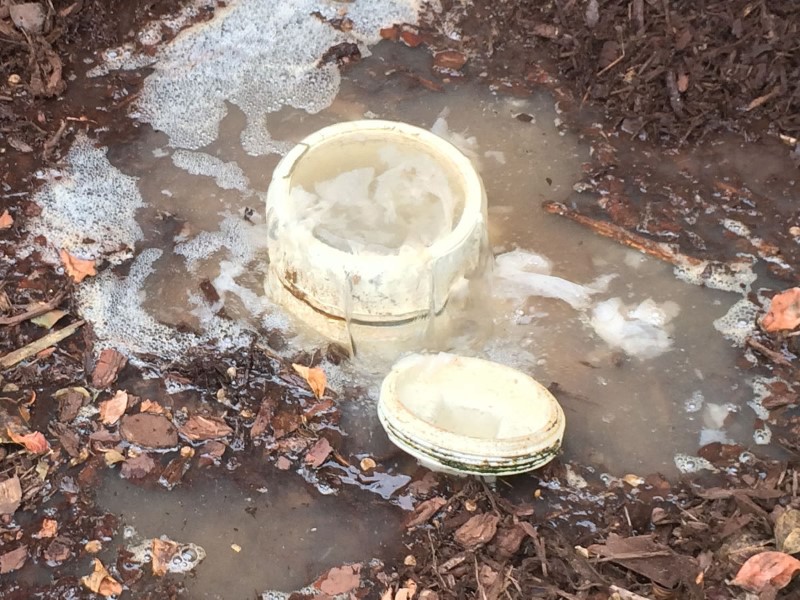
1. Leaks can happen when a pipe isn’t sealed in a specific spot. Most old septic tanks didn’t have any sealants applied to the mating joints. Those who installed them just poured concrete around the septic pipe that enters the septic tank. This even makes troubleshooting difficult. In modern septic tank systems, the joining pipes that are installed at sharp angles have rubber gaskets that do not seal properly.
2. Heavy vehicles can crush septic system drain lines causing leakage and toxic smells and odors.
3. Damaged pipes can cause leaks. This damage can comprise the effluent pipes and the septic pipes. When the effluent pipes are damaged, the effluent can be forced to the surface leashing into groundwater instead of flowing into the drain field or tank.
4. The septic cleanout port or cover can cause leaks because they may not be well-secured.
5. Rust on a metal or steel septic tank can be a source of leaks in and out of the tank. In the 80’s many septic tanks were fabricated from steel.
6. A crack in the septic tank (concrete) also allows leaks in or out of the tank causing systems to leak raw sewage to the surface.
A leak out of your septic tank happens when the tank acquires a hole or a perforation, no matter what material it is made from. When the tank is leaking, you can be sure that the effluent is not treated properly because it doesn’t reach the drain field where final digesting or treatment takes place.
When your septic tank is leaky, problems like dye test and septic loading test are bound to fail. These tests are supposed to check the septic system and drain field’s condition. How are you going to test it if the effluent does not reach the entire area of the system? This can happen if your septic system has not been used for a while and the liquid in the septic tank is extremely low. So if you move into a house that has a leaking septic tank, it is most likely that the drain field doesn’t function. But remember that even if the septic system is unused, it still produces sludge and scum that still accumulates at the bottom of the tank and may require further inspection or additional pumping. A leak into your septic tank happens if surface runoffs or groundwater seep into the pipes or the tank itself. When this occurs, wastewater is carried into the septic tank from the outside of the system.
If there is an opening that allows the extra water load to enter the tank, then the risk of water overload is most likely to happen, thus lowers the bacterial treatment or decomposition level in the tank itself. This untreated wastewater is then pushed out into your drain field. If there is too much water that enters the tank too fast, this can prevent the solid wastes from immediately settling causing solid waste to flow into the drain field causing sludge buildup. If this occurrence is sustained, then it will only be a matter of time until the drain field stops functioning.
To resolve leaks is to find them and repair the system. The pipes or the tank itself may be in need of immediate repairs or replacement already. You may want to ask a septic professional to help you with finding the most advantageous solution to this dilemma. If you are going to have your septic tank or septic pipes repaired or replaced, you have to minimize the use of the system for a while. This means REALLY minimize the use of water. The tank needs to be emptied when being repaired and the pipes need to be less taxed to completely seal. So you really have to do your part in lessening your water use. Make sure that the tank and the pipes are completely cleaned and cleared of the blockages and the sludge that contributed to the worsening of the problem.
